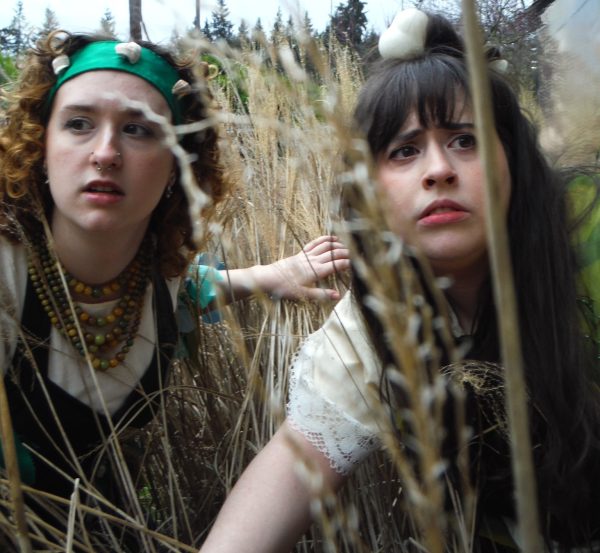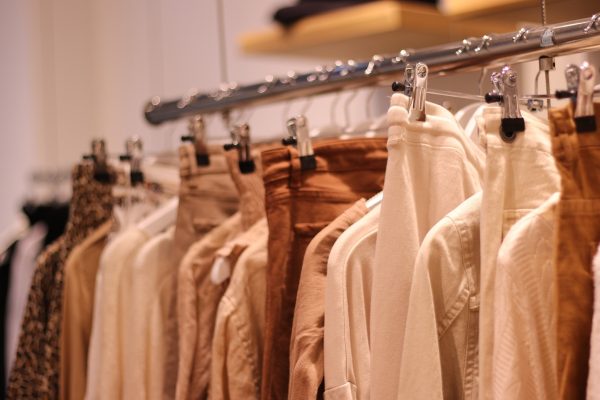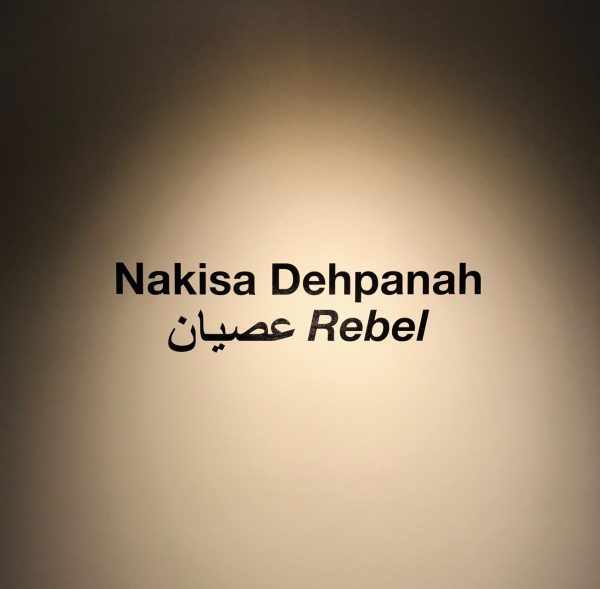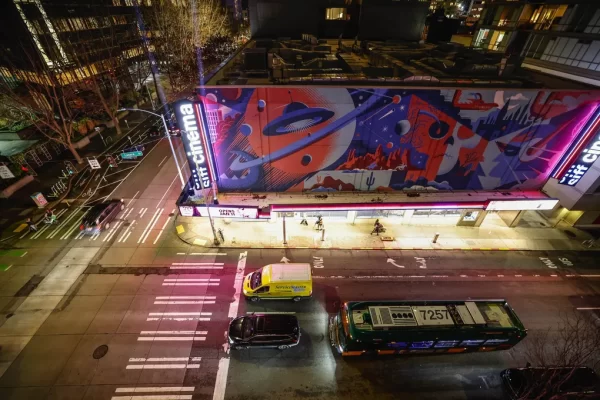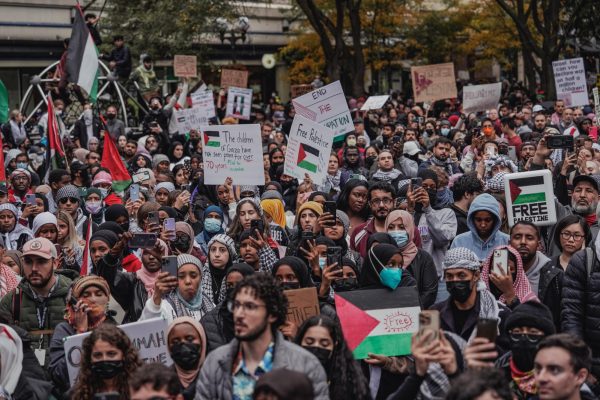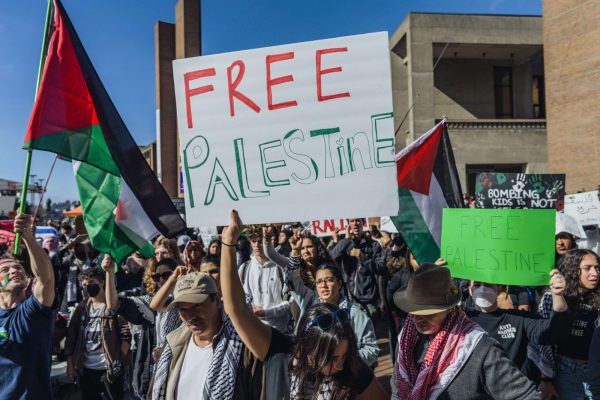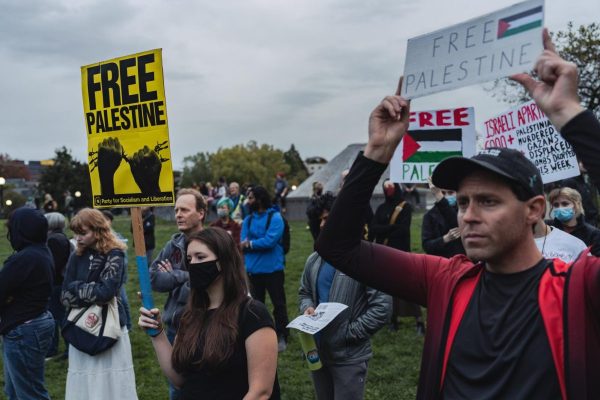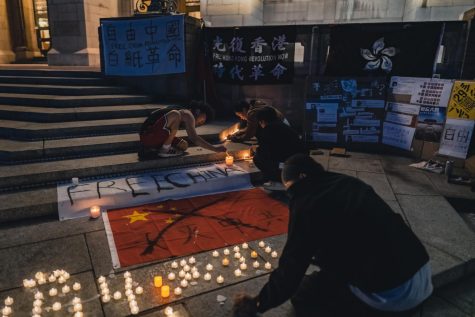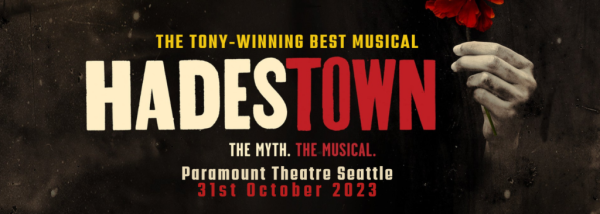When Cultures Collide: Immigrant Students Tell Their Stories
Profiles: Origins/Identities/Belonging,” a photo series consisting of 22 photographs of former Edmonds Community College immigrant students, is set to debut at EdCC in Fall 2019. The photos will be accompanied by personal essays written by the students themselves telling their stories.
Photography student Jules Anoumou is very involved in creating the show, and was one of the students photographed for it. He is proud that the show showcases African people and artwork in a different way than what is typical; it doesn’t conform to modern western perceptions of Africans.
“It’s really challenging to be an example right now,” said Anoumou. “It is bringing me out. It is bringing the whole of Africa out.”
“This alone will influence the opinion of other people,” said Anoumou. “Black people are not as we think.”
Anoumou feels that there are many whites and African-Americans, even here on campus, who do not respect the indigenous peoples of Africans.
Michael Wewer, an EdCC associate professor, is the photographer and Audineh Asaf, co-chair of art department, is the curator. According to Wewer, who also has a background in Middle Eastern studies, said the exhibit focuses on students from the Middle East, Africa, Mexico, and parts of Central and South America. All are places where many people may struggle for educational opportunities. Understanding the historical and educational context of these geographical areas, and goals of the artist, increases the viewers’ ability to recognize these experiences.
“The portraits will speak to the anxiety and questions of the viewer about making it here,” said Wewer. The show is intended to be interactive and not focused solely on these individuals. They are featured so they can be touchstones for students going through similar experiences.
“Back home, we learn a lot,” said Anoumou. “So the background is there.” But education is more than book learning; EdCC has infrastructure that supports immigrant students, and the faculty support that students get when they came here has an impact.
“Michael’s work exemplifies one of the many great aspects of EdCC: the diversity of the student body and the strength of our multicultural community.” Anoumou goes on to explain that, through his photos, he can help students to be seen and to make their stories heard.
“The whole idea came about when I was walking down the hall,” said Wewer. “This was before Asaf became a teacher here, and she had this painting of a woman that was wrapped in a burqa with only the eyes showing, and the burqa was a newspaper.”
Wewer feels that the painting represents the current social climate of our country very well, because the media gives a false and one-sided portrayal of these places and the people from them. The show aims to portray the immigrant community of EdCC in an accurate way, and will hopefully change some of the negative stereotypes about immigrants.
The first steps that Wewer takes in creating an photo series are not what the visitors would usually consider when they see the final photos. He must consider basic technical questions which, through the faces and ‘look’ in the portraits, will help make everything come together. What will be the best film? Do I have the necessary lighting? Should I use glossy or matte paper?
Wewer also had to take into consideration the cost of the project, and how to get funding for it. “Basically each roll film is $10, and so $10 times 3 times 24. We spent just on film. Three pictures of each person, three rolls of film per person, is what it took to get the final 22 photos,” Wewer explained. This totals to about $720, and that doesn’t take into account the equipment, photo paper and other expenses.
Wewer already used his funds, and is still in the process of seeking funds for reimbursement. Asaf discusses possible funding options available to the faculty artist.
“Typically the exhibiting artist is responsible for all costs associated with their show,” said Asaf. However, in order to offset expenses, artists are financially compensated for their exhibit by the department.
“People are going to take home peace in their hearts,” said Anoumou. “People are going to take enlightenment home.”
He felt we would be helping all the people behind the stories, and unity will result.

